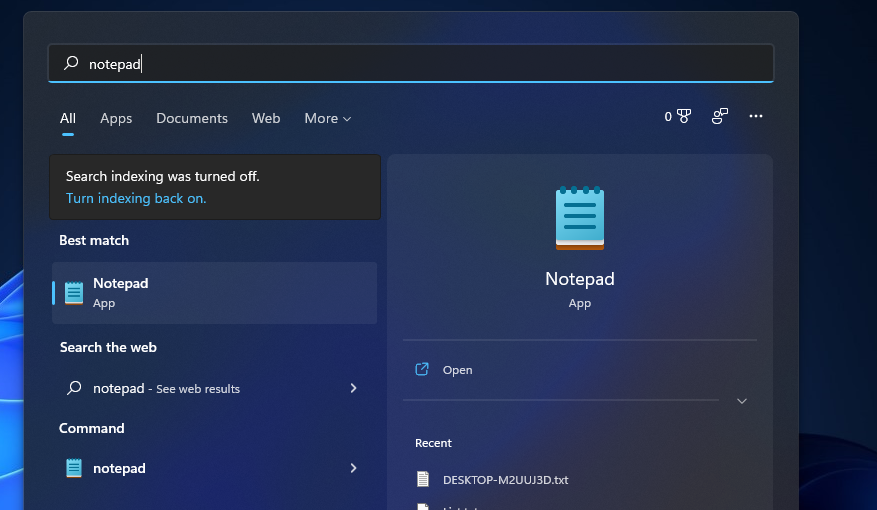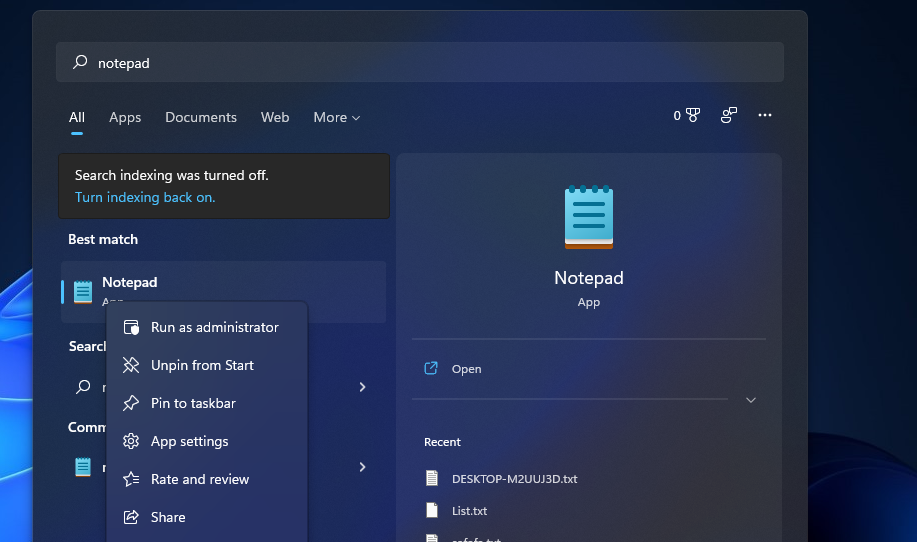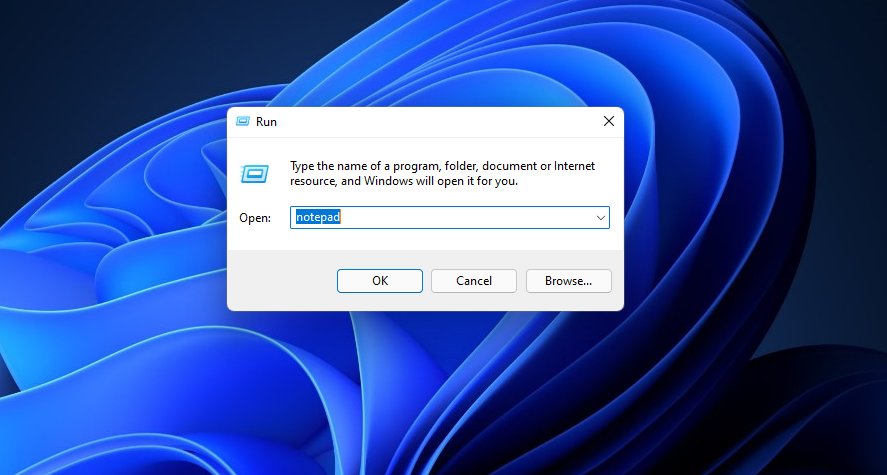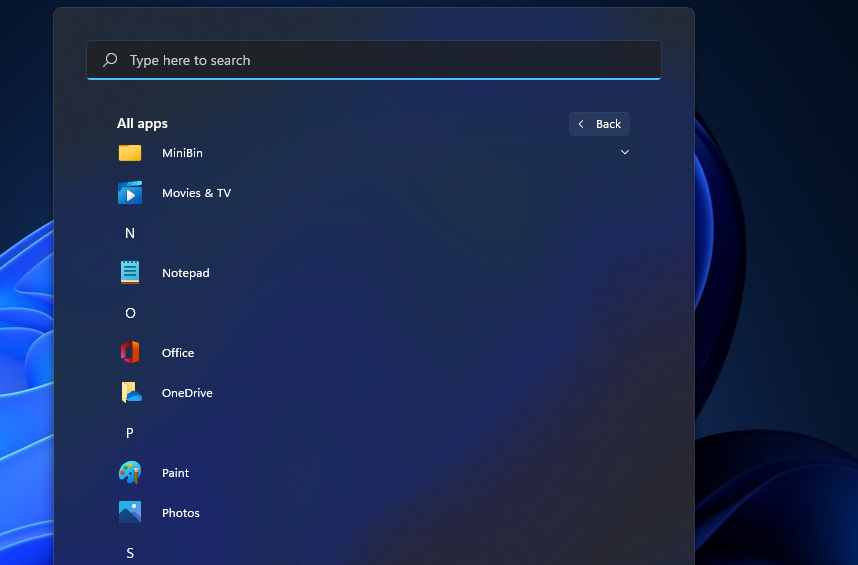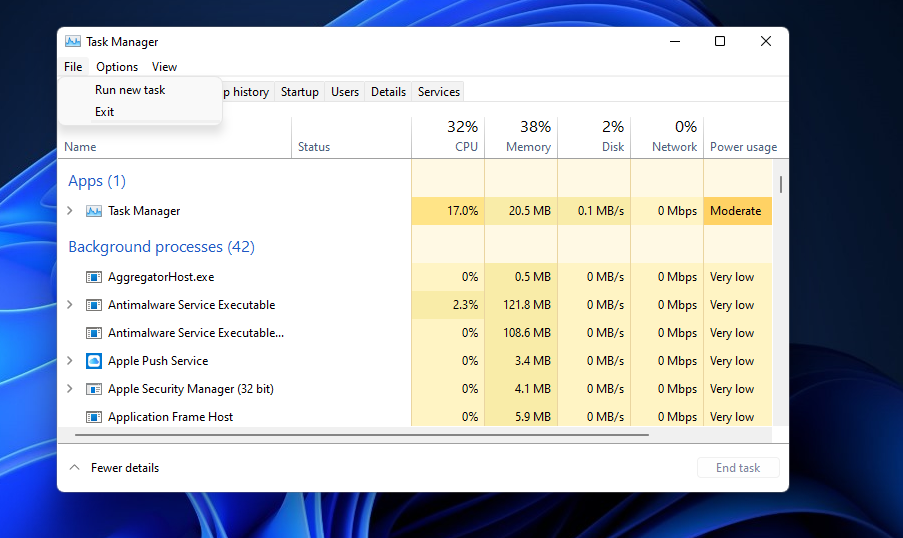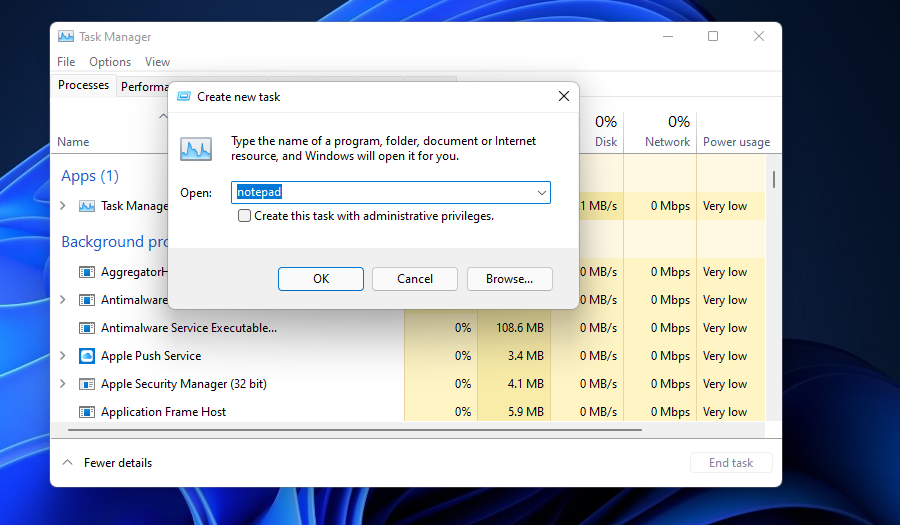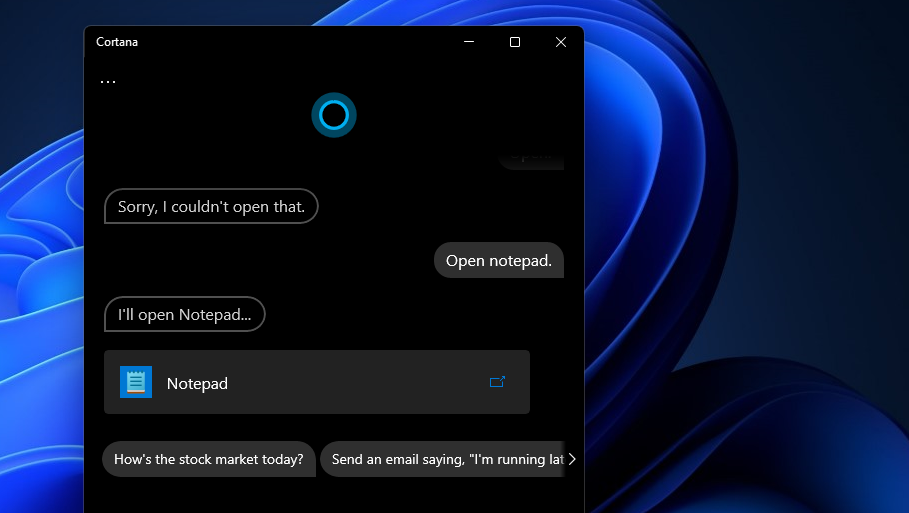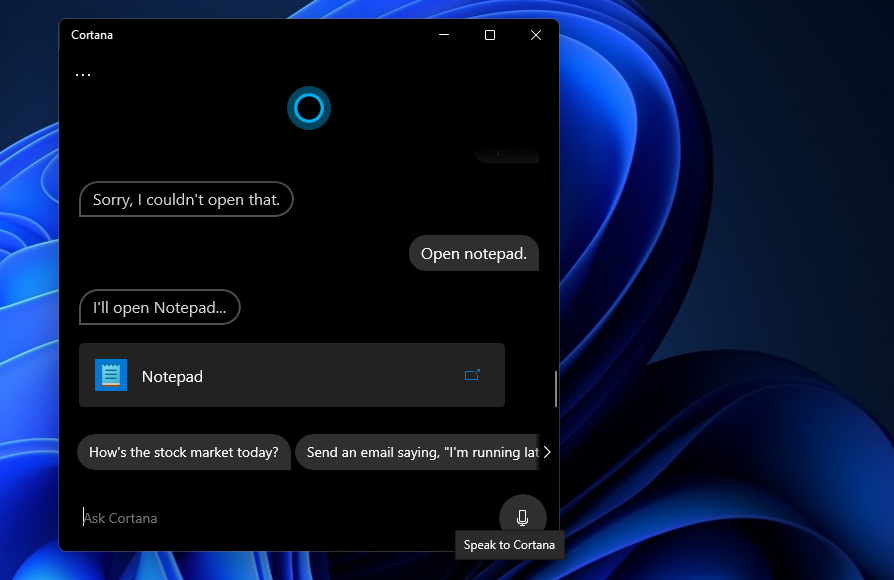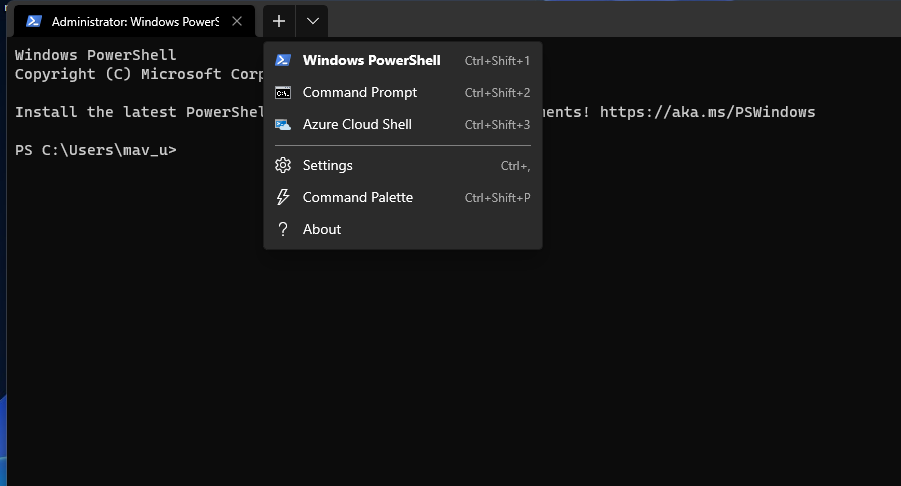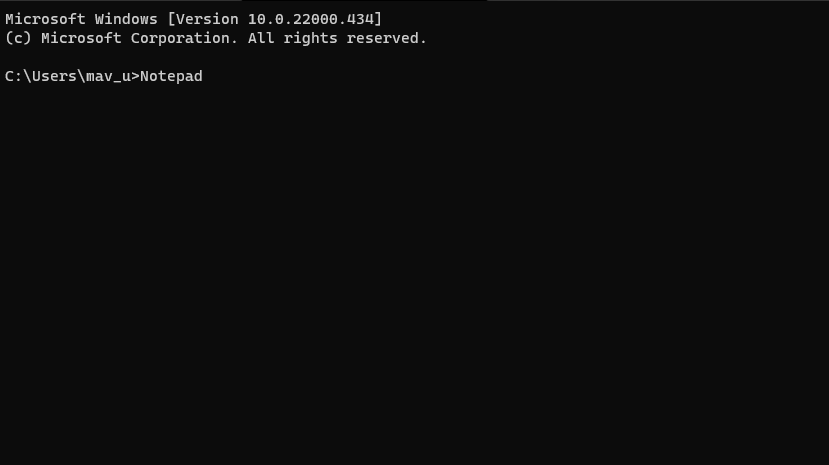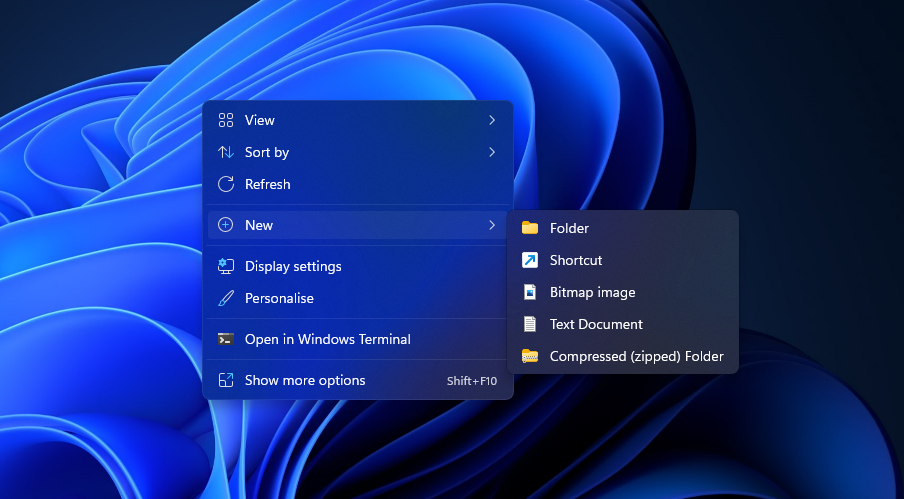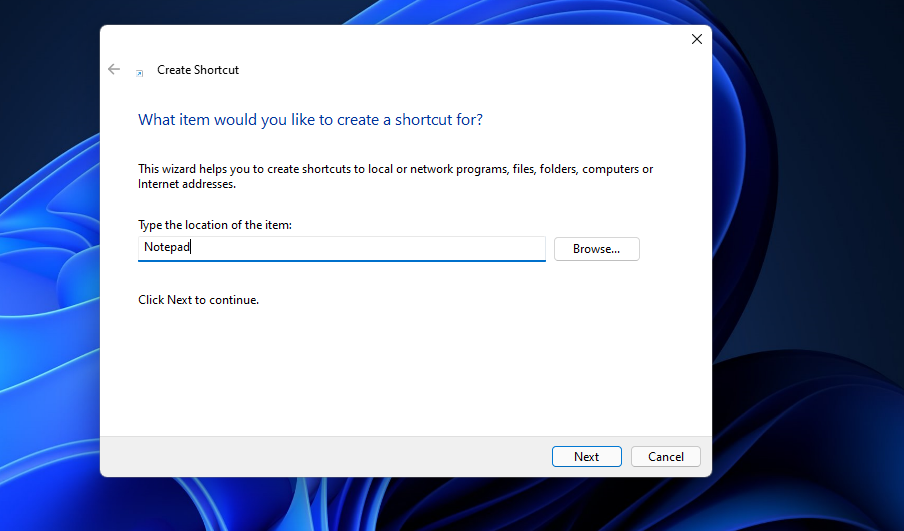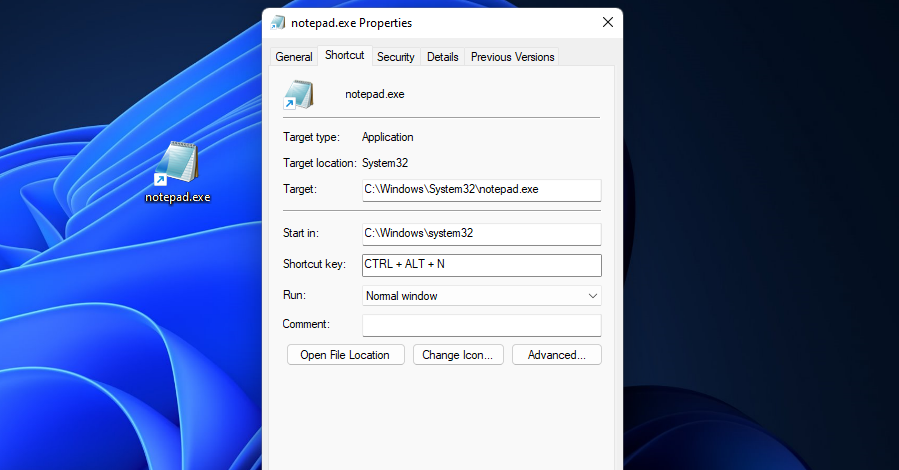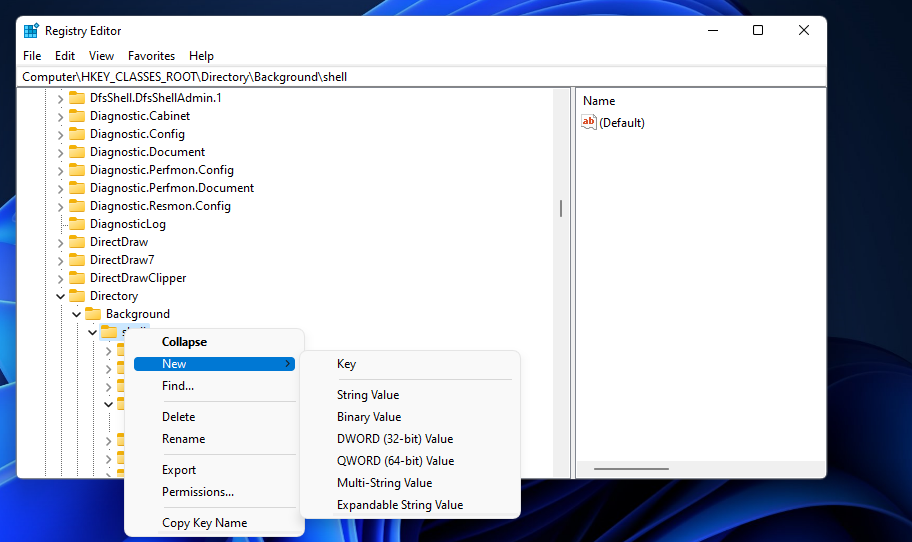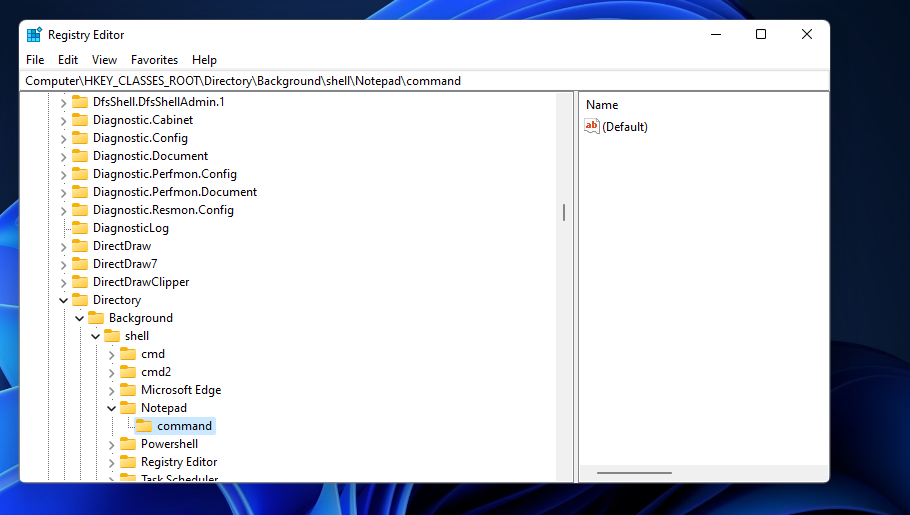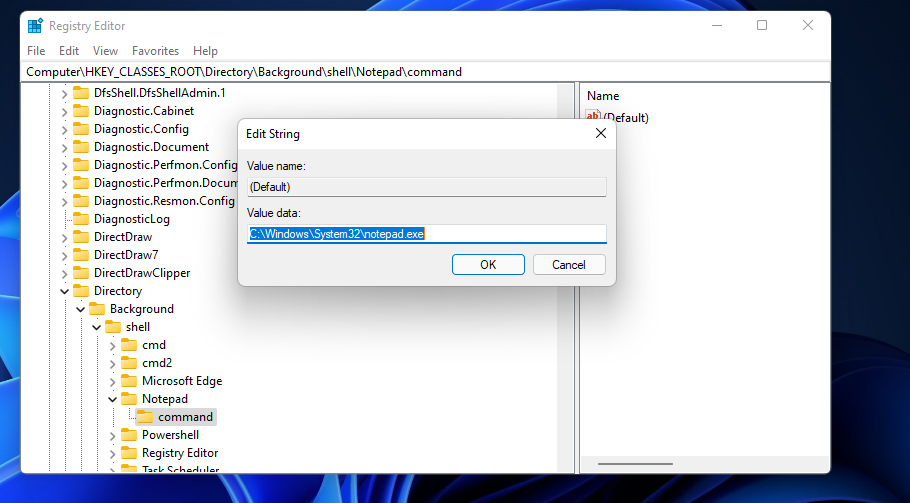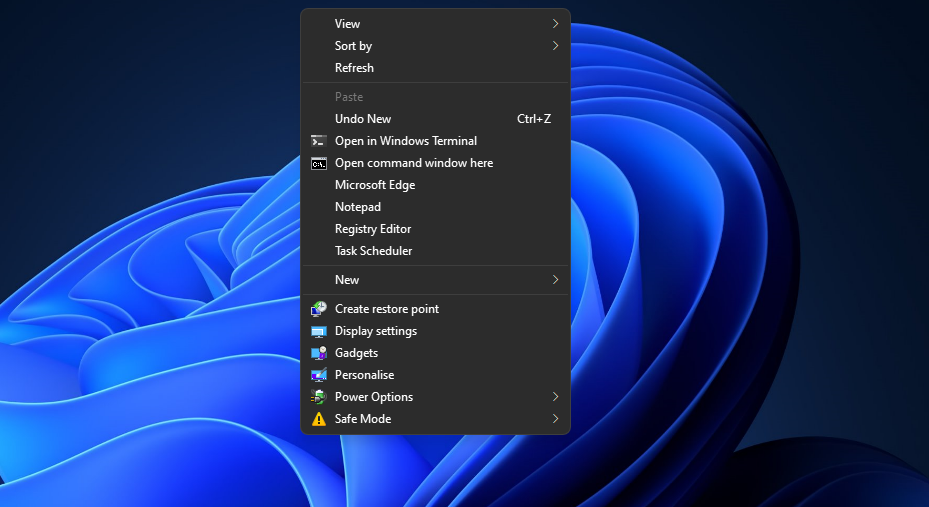Notepad is a text app that has always been included with Windows. Although a relatively basic text editor, Notepad can be surprisingly useful.
With it, you can set up all manner of batch, Virtual Basic (VBS), and registry scripts to customize Windows. You can also quickly open and utilize Notepad on the fly to note down and save some details whenever needed.
Microsoft has slightly redesigned Notepad for Windows 11, which makes that app more interesting in the new desktop platform. You can check out Windows 11’s revamped Notepad app by opening it with any of these methods.
1. Open Notepad With Windows 11's Search Tool
Windows 11’s search tool will find most apps and files you’re looking for when you enter precise keywords. So, searching for Notepad is a quick and easy way to open that text editor. You can launch Notepad with the search box in these quick steps.
- Press the search tool’s Win + S keyboard shortcut, or click the magnifying glass taskbar icon.
-
Type the keyword Notepad within the search tool.
- Then click the Notepad search result to open the text editor.
-
You can also pin Notepad to the taskbar or Start menu via the search tool. Right-click the Notepad search result to select the Pin to taskbar or Pin to Start menu option. Then you can open that text editor with a taskbar or Start menu shortcut instead.
2. Open Notepad With Run
Run is an accessory with which you can quickly open Windows’ built-in apps by entering text commands for them. You can open Notepad with Run as follows.
- Bring up the Run accessory by pressing the Win + R key combination.
-
Type Notepad in the Open text box.
- Click OK to launch Notepad.
3. Open Notepad From the Start Menu
The Start menu includes your installed software. You can open Notepad from that menu’s All app’s index. Or you can open Notepad from the Start menu’s pinned apps section when you’ve pinned it. This is how to open the text editor from All apps on the Start menu.
- Click the Start button’s taskbar icon.
- Select All apps at the top right of the Start menu.
-
Scroll down to N on the Start menu.
- Then select Notepad to open it.
4. Open Notepad With Task Manager
You can open Notepad, or other apps, whenever you’re utilizing Task Manager. Task Manager incorporates a Create new task accessory for running apps. This is how you can launch Run with that accessory.
- Press the Ctrl + Alt + Delete keys at the same time.
- Select the Task Manager option.
-
Click File > Run new task in Task Manager.
-
Then input Notepad in the Open box.
- Click OK within the "create new task" window.
5. Open Notepad With Cortana
The Cortana virtual assistant can come in handy for opening many apps. With Cortana enabled, you can launch Notepad with text or voice commands. These are the steps for opening Run with Windows 11’s virtual assistant app.
- Click Cortana’s circle icon on Windows 11’s taskbar.
-
Enter the command Open Notepad in Cortana.
- Press the Return keyboard key.
-
To launch Notepad with a voice command, click the Speak to Cortana button.
- Then say “Open Notepad” in your PC’s microphone.
6. Open Notepad via Windows Terminal
The same Notepad Run command will work in the Command Prompt and PowerShell command-line interpreters. You can open Notepad with both Command Prompt and PowerShell within the tabbed Windows Terminal emulator. This is how to open Notepad via Windows Terminal.
- Click the Start menu taskbar icon with the right mouse button to select Windows Terminal (Admin).
-
To choose a command-line interpreter, click the Open a new tab button. Select either Command Prompt or Windows PowerShell.
-
Enter Notepad in the selected command-line interpreter.
- Press the Return key to open Notepad.
7. Open Notepad From the Windows 11 Desktop
Adding shortcuts to the Windows desktop gives you more direct access to software packages. So, why not set up a desktop shortcut for Notepad? You can establish a shortcut for opening Notepad much the same as third-party software as follows.
- Right-click the desktop to select the New context menu option.
-
Then select Shortcut on the submenu.
-
Enter Notepad in the Create Shortcut window’s location box.
- Select Next to continue.
- Input Notepad within the shortcut’s name box.
- Click the Finish button.
-
Double-click the Notepad desktop shortcut to open the text editor.
8. Open Notepad With a Keyboard Shortcut
Pressing a keyboard shortcut is probably the quickest way to open any app. If you add a Notepad shortcut to the desktop, you can then apply a hotkey to it as well. Then you can open Notepad any time you need it by pressing a key combination.
- Add a Notepad shortcut to your Windows 11 desktop as instructed within the previous method.
- Right-click the Notepad desktop icon to select Properties.
- Click within the Shortcut key box for hotkeys.
-
Press N to establish a Ctrl + Alt + N hotkey.
- Select Apply and OK on the properties window.
Now press your new Ctrl + Alt + N keyboard shortcut for Notepad. As that hotkey needs its desktop shortcut, don’t delete the Notepad icon. If you prefer to set up hotkeys without desktop shortcuts, check out WinHotKey or similar Windows 11 apps.
9. Open Notepad From the Context Menu
The desktop context menu is the one that opens when you right-click the mouse. That’s yet another place you can open Notepad from. However, you’ll need to tweak the registry to add a Notepad shortcut to the context menu. That might sound a bit daunting, but it’s actually relatively straightforward to add context menu shortcuts. You can add Notepad to the desktop’s right-click menu like this.
- Open the search box in Windows 11.
- Type Registry Editor in the search tool’s text box, and select the Run as administrator option for that app.
- Next, go to this registry key location: Computer\HKEY_CLASSES_ROOT\Directory\Background\shell.
- Right-click the shell registry key to select the New option.
-
Then click Key, and enter Notepad for its title.
- Right-click the new Notepad key and select New.
- Select Key on the submenu.
-
Input command to be the new key’s name.
- Select the command key, and then double-click its (Default) string.
-
Type C:\Windows\System32\notepad.exe in the Value data box, and click the OK option.
- Close the Registry Editor window.
Now you can quickly open Notepad from the context menu. Simply right-click your desktop’s wallpaper and select Show more options. Click Notepad on the classic context menu to bring up the text editor.
If you ever want to remove that shortcut, open the shell key again in Registry Editor. Then right-click the Notepad registry key you added and select the Delete option. Click Yes on the prompt to confirm.
Set Up and Save Useful Text Files With Notepad
So, there are various ways you can open Notepad in Windows 11. Opening Notepad with Run, the search tool, Cortana, and the Start menu are all quick methods. However, you can open that text editor even quicker by setting up a desktop, keyboard, or context menu for it. Choose whatever method for opening that app you prefer.

.jpg)
